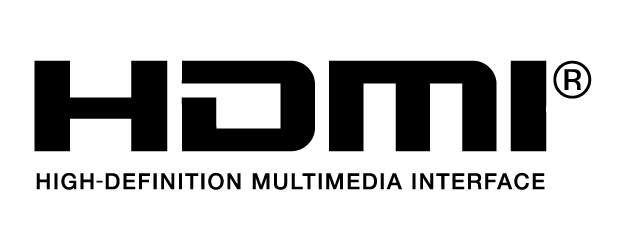ModelT600
Weight6.27 lbs (2845 g, including propellers and battery, without gimbal and camera)
6.74 lbs (3060 g, including propellers, battery and Zenmuse X3)
GPS Hovering AccuracyVertical: ±1.64 feet (0.5 m)
Horizontal: ±8.20 feet (2.5 m)
Max Angular VelocityPitch: 300°/s
Yaw: 150°/s
Max Pitch Angle35°
Max Ascent Speed16.4 ft/s (5 m/s)
Max Descent Speed13.1 ft/s (4 m/s)
Max Speed49 mph or 79 kph (ATTI mode, no wind)
Max Takeoff Sea Level1.55 mi (2500 m)
2.8 mi (4500 m with specially-designed propeller)
Max Wind Speed Resistance10 m/s
Max Flight TimeApprox. 18 min
Motor ModelDJI 3510H
Propeller ModelDJI 1345T
Indoor HoveringEnabled by default
Operating Temperature14° to 104° F (-10° to 40° C)
Diagonal Distance(propeller excluded)22.8 inch (581 mm, Landing Mode)
Max Takeoff Weight7.71 lbs(3500 g)
 The Inspire 1has been certified by Apple in their Works with iMovie and Works with Final Cut Pro X programs, so you can edit 4K without worry whether you are a professional or shooting for fun.
The Inspire 1has been certified by Apple in their Works with iMovie and Works with Final Cut Pro X programs, so you can edit 4K without worry whether you are a professional or shooting for fun.